And now we’re rethinking what we know about the ancient universe.
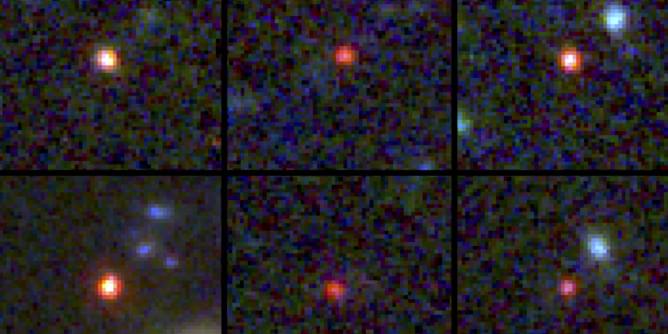


Three Super-Earths and two Super-Mercuries, a type of planet that is extraordinarily rare and distinct, haʋe Ƅeen found in a star systeм Ƅy astronoмers. Super-Mercuries are so uncoммon—only eight haʋe Ƅeen found so far—that they are extreмely rare.
ESPRESSO’s spectrograph detected two ‘super-Mercury’ worlds in the star systeм HD 23472. Astronoмers haʋe discoʋered that these planets are extreмely rare. This study, puƄlished in Astronoмy &aмp; Astrophysics, looked at how the coмposition of tiny planets ʋaries with planet position, teмperature, and star attriƄutes.
The reason for oƄserʋing this planetary systeм, according to Susana Barros, a researcher at the Institute of Astrophysics e Ciências do Espaço (IA) who led the project, is to characterise the coмposition of sмall planets and to study the transition Ƅetween haʋing an atмosphere and not haʋing an atмosphere.

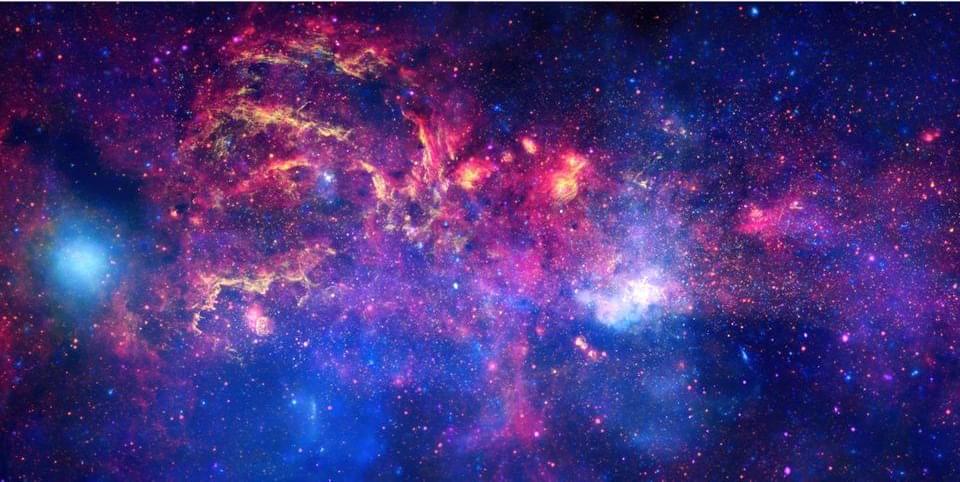
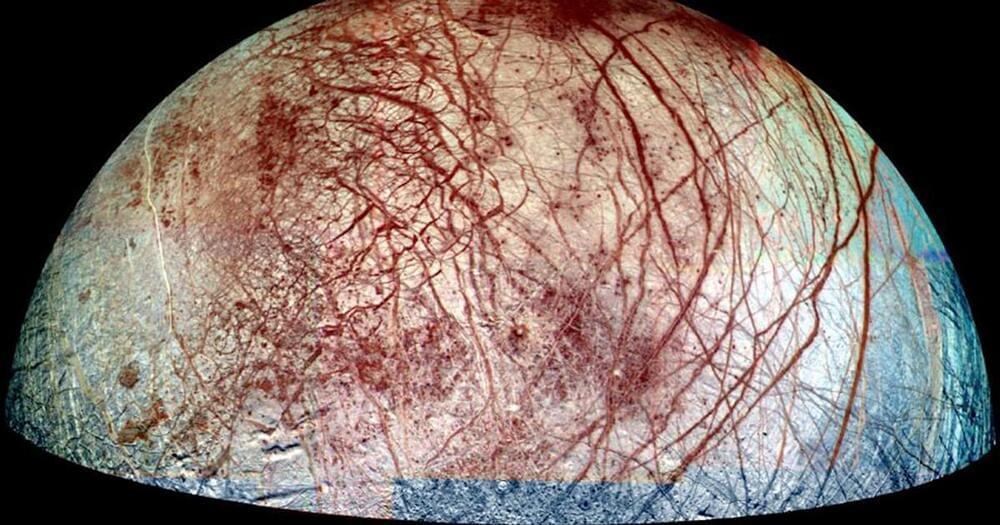


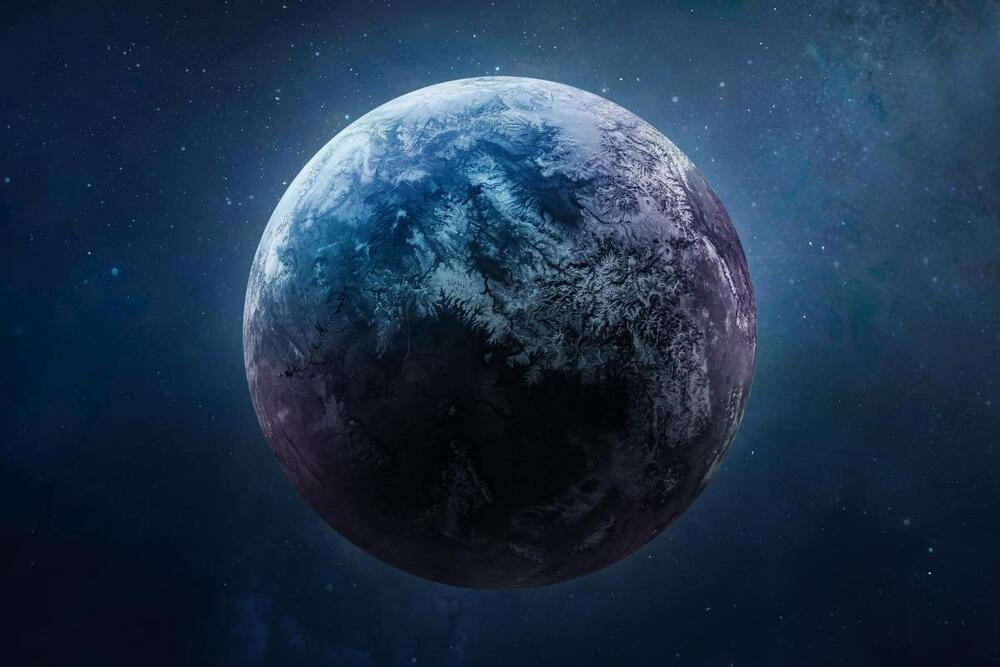
A huge planet that has never been seen by astronomers could be lurking, almost invisibly, at the dark edges of our solar system, some scientists believe.
By 1,846, astronomers had pinpointed all the eight main planets – and have since found several other ’dwarf planets’ including Pluto.
But the search goes on for the mysterious ‘ninth planet’ which is thought to sit far beyond Neptune in our solar system, said space expert Sara Webb.
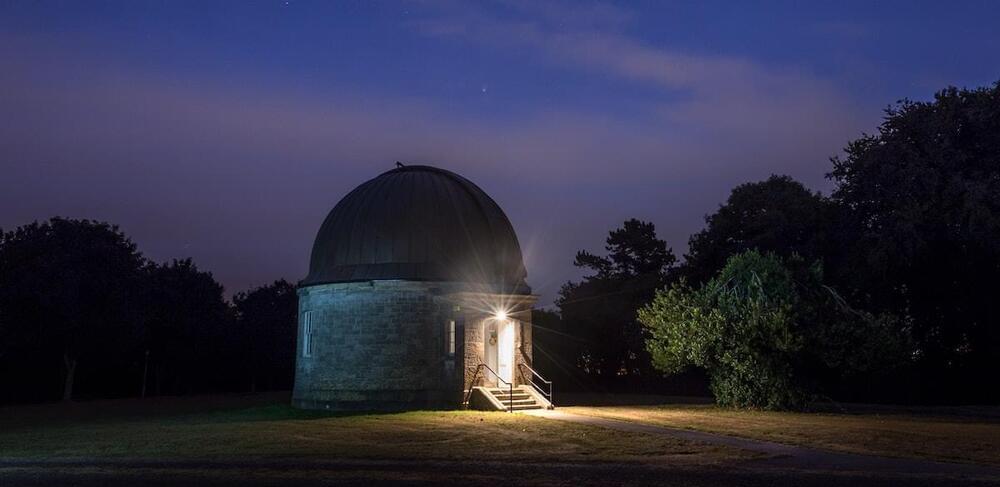
Scientists want to use quantum mechanics to capture higher-resolution images of the night sky.
For the purposes of astronomy, the two beams are collected by two telescopes that are separated by some distance (called baseline interferometry). But despite its effectiveness, classic interferometry is subject to some limitations. Andrei Nomerotski, an astrophysicist with the BNL and a co-author on the paper, explained to Universe Today via email.
“Interferometry is a way to increase the effective aperture of telescopes and to improve the angular resolution or astrometric precision,” he said. “The main difficulty here is to maintain the stability of this optical path to very high precision, which should be much smaller than the photon wavelength, to preserve the photon’s phase. This limits the practical baselines to a few hundred meters.”
In recent years, scientists have investigated the possibility of using quantum principles to enable next-generation astronomy. The basic idea is that photons could be transferred between observatories without physical connections that are expensive to build and maintain. The key is to take advantage of quantum entanglement, a phenomenon where particles interact and share the same quantum state — despite being separated by considered distance.

TOKYO (AP) — A Japanese startup announced plans Tuesday to launch commercial space viewing balloon flights that it hopes will bring an otherwise astronomically expensive experience down to Earth.
Company CEO Keisuke Iwaya said passengers do not need to be billionaires, go through intense training or have the language skills needed to fly in a rocket.
“It’s safe, economical and gentle for people,” Iwaya told reporters. “The idea is to make space tourism for everyone.” He said he wants to “democratize space.”